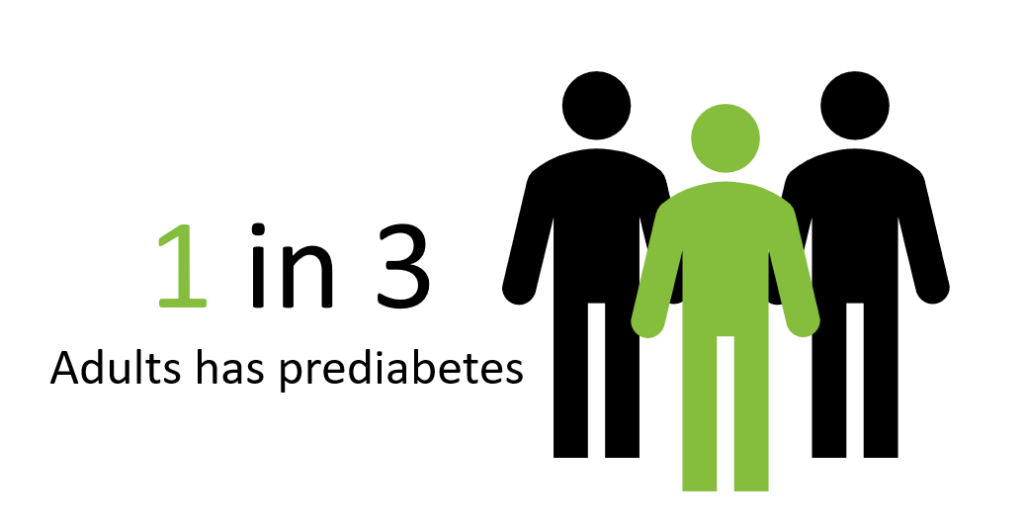Diabetes prevention: What you need to know

By Tami Ross
University of Kentucky
About one in three Kentuckians have prediabetes and often go undiagnosed due to a lack of noticeable symptoms.
Prediabetes occurs when blood sugar levels are higher than normal but not yet in the diabetes range. If left unchecked, prediabetes can lead to type 2 diabetes, heart disease and stroke.
It’s important to know that prediabetes can be reversible, and with the right lifestyle changes, individuals can significantly reduce their risk of developing type 2 diabetes.
Two key lifestyle changes are losing a modest amount of weight and getting regular physical activity. When considering how much weight one should lose, losing 5% to 7% of your starting weight can be impactful. For example, for someone who weighs 250 pounds, that would mean losing 13 to 18 pounds.
It’s also recommended to work in 150 minutes a week of moderate-intensity activity. This can include walking, shoveling snow or raking leaves. Your weekly activity should average about 30 minutes a day, five days a week.
There’s a straightforward quiz to help you determine if you may have prediabetes. Those questions are:
- Do you have a mother, father, sister, or brother with type 2 diabetes?
- Have you ever been diagnosed with high blood pressure?
- Are you over 40? (The risk for type 2 diabetes increases with age.)
- Are you physically active?
- Are you overweight?
If you answered yes to many of those questions, you’re likely to have prediabetes, but only your doctor can diagnose it for sure with a simple blood test. There is no better time than now to prevent or reverse prediabetes.
If you have any questions, reach out to your primary care physician for more help.
This week’s column is by Tami Ross, a nationally recognized registered dietitian and certified diabetes care and education specialist at UK Healthcare’s Barnstable Brown Diabetes Center, where she is the diabetes prevention program coordinator.